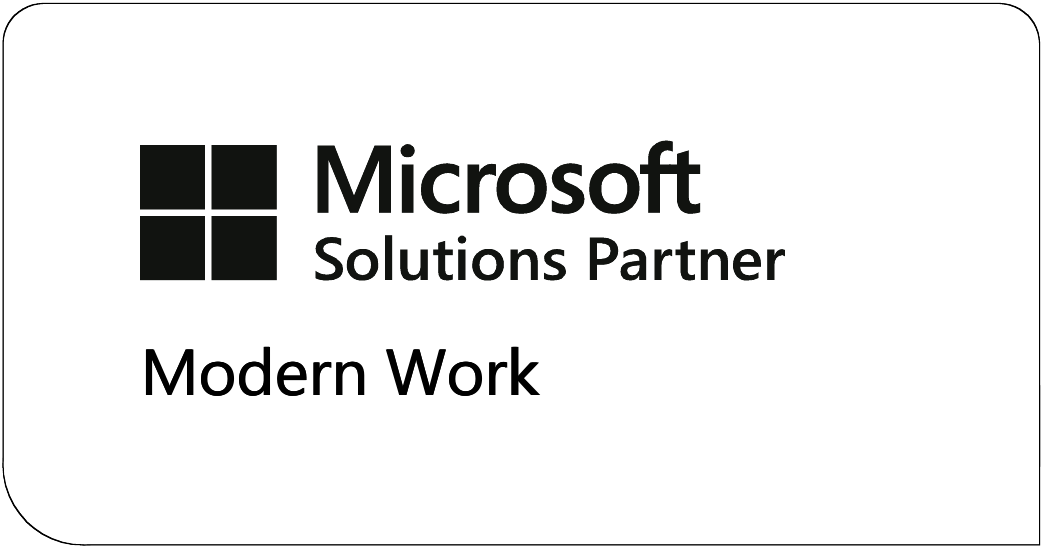It’s no secret that Microsoft Exchange is a staple for many organizations. The email and calendar server is responsible for hosting e-mail and is mission-critical for companies that rely on email for receiving order forms, maintaining secure communications, and more.
However, in many instances, Exchange is still used in its on-premises form – deployed on local networks that are reliant on their in-house IT department’s ability to keep on top of and roll out any required patches and updates.
Because Exchange is such a popular and widespread system – and because IT teams don’t always have time to rapidly update the software – cybercriminals have been making a concerted effort to compromise it. In March 2021, over 30,000 organizations in the U.S. suffered a breach as hackers exploited vulnerabilities in Exchange and gained access to email accounts so that they could embed malware into communications.
To stay ahead of this threat, businesses need to rethink how they’re using this Microsoft server. The answer? It’s time to move Exchange to the cloud.
You may still be apprehensive of making this change – but you shouldn’t be. At Universal, we do more than just sell you the Microsoft Exchange Online license. We’re there with you every step of the way, from migration to upkeep. If you’d like to chat about what an Exchange migration could look like for your organization, get in touch.
Staying On-Prem Is More Trouble than It’s Worth
Most of the organizations we talk to think that an Exchange migration is a hassle. They fear downtime on their email and calendar system, or that the data won’t be transmitted properly from their network to the cloud. To these concerns, we have two responses. First, it’s important to remember that the cost of not migrating is far bigger than a one-time migration. By having Exchange live on-prem, you make it your IT team’s responsibility to stay aware of any new updates, and they won’t always have time to deploy them quickly, leaving your systems open to potential threats. And an attack won’t just compromise your Exchange server: its integrations with Active Directory and other systems make it easy for hackers to wade through your infrastructure. In addition to the security considerations, on-prem Exchange servers aren’t easily integrated within the full communications stack. This poses obstacles to collaboration between your employees, partners, and customers. Second, at Universal, we have over a decade of experience helping our customers moving from an on-prem Exchange server to Exchange Online. We’ve seen every version of Exchange and we know what pitfalls to look out for. Today, we’re able to make the transition with no downtime and with zero impact to end users. In fact, some end users don’t even realize the change has happened – what more can you ask for?Why You Should Adopt Exchange Online
There are a number of benefits for teams that choose to move Exchange to the cloud.- Increased security. If you’re operating on the cloud, you get the immediate benefit of all of Microsoft’s security updates, without having to worry about any missing patches. That said, we still recommend introducing additional layers of security to cover all your bases.
- Reduced pressure on your IT team. Instead of keeping an eye on Microsoft updates and finding the time to deploy them, your team can focus on prioritizing mission-critical tasks.
- An integrated experience. With Exchange Online, you can better integrate your email and calendar services with other communication channels like Microsoft Teams. This will enhance unified collaboration for your team.
- Added features. The Cortana scheduler. AI-enabled security functionalities. Access to Outlook for web. These are all features that you’ll have access to with Exchange Online.
You may still be apprehensive of making this change – but you shouldn’t be. At Universal, we do more than just sell you the Microsoft Exchange Online license. We’re there with you every step of the way, from migration to upkeep. If you’d like to chat about what an Exchange migration could look like for your organization, get in touch.

